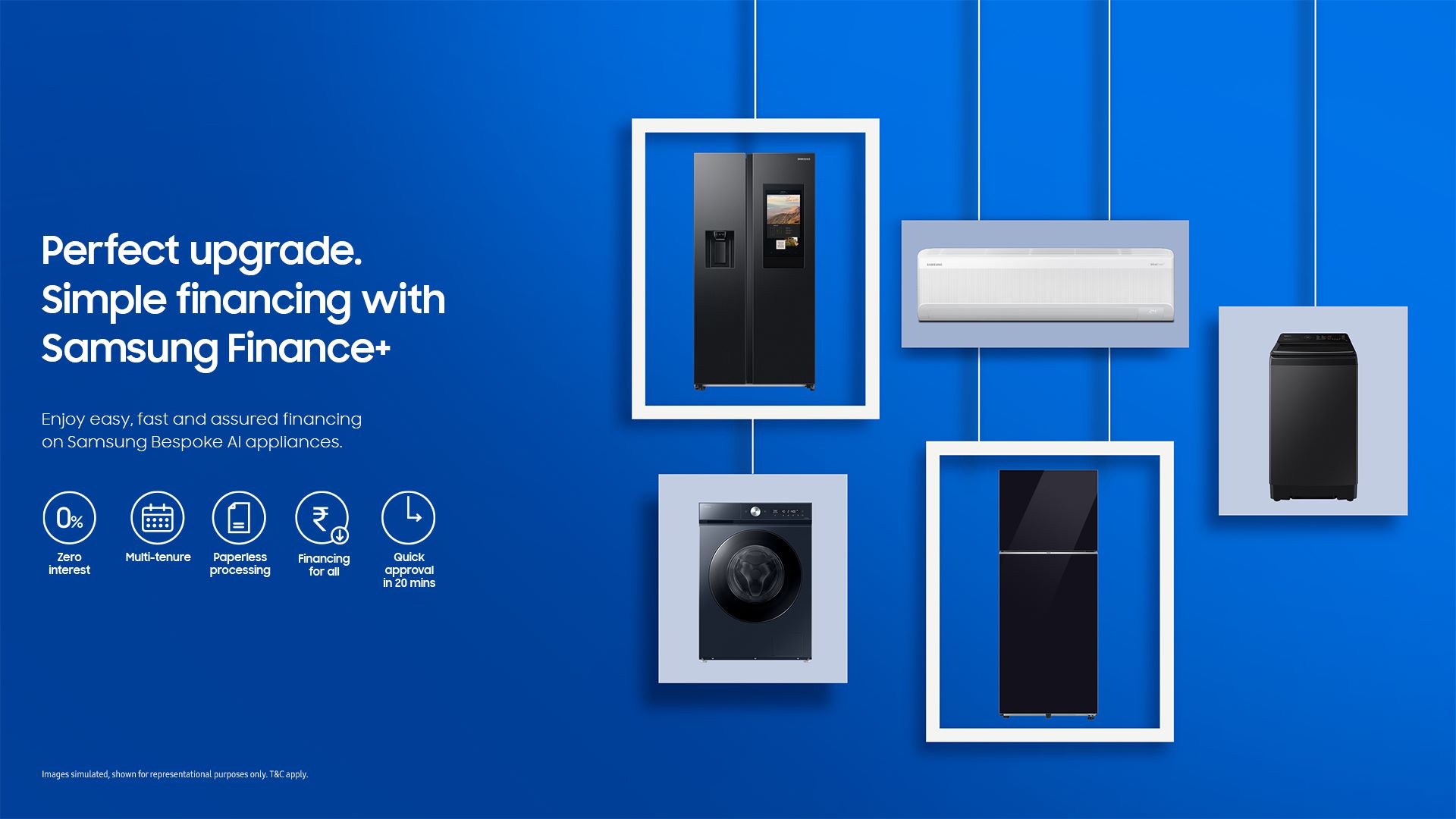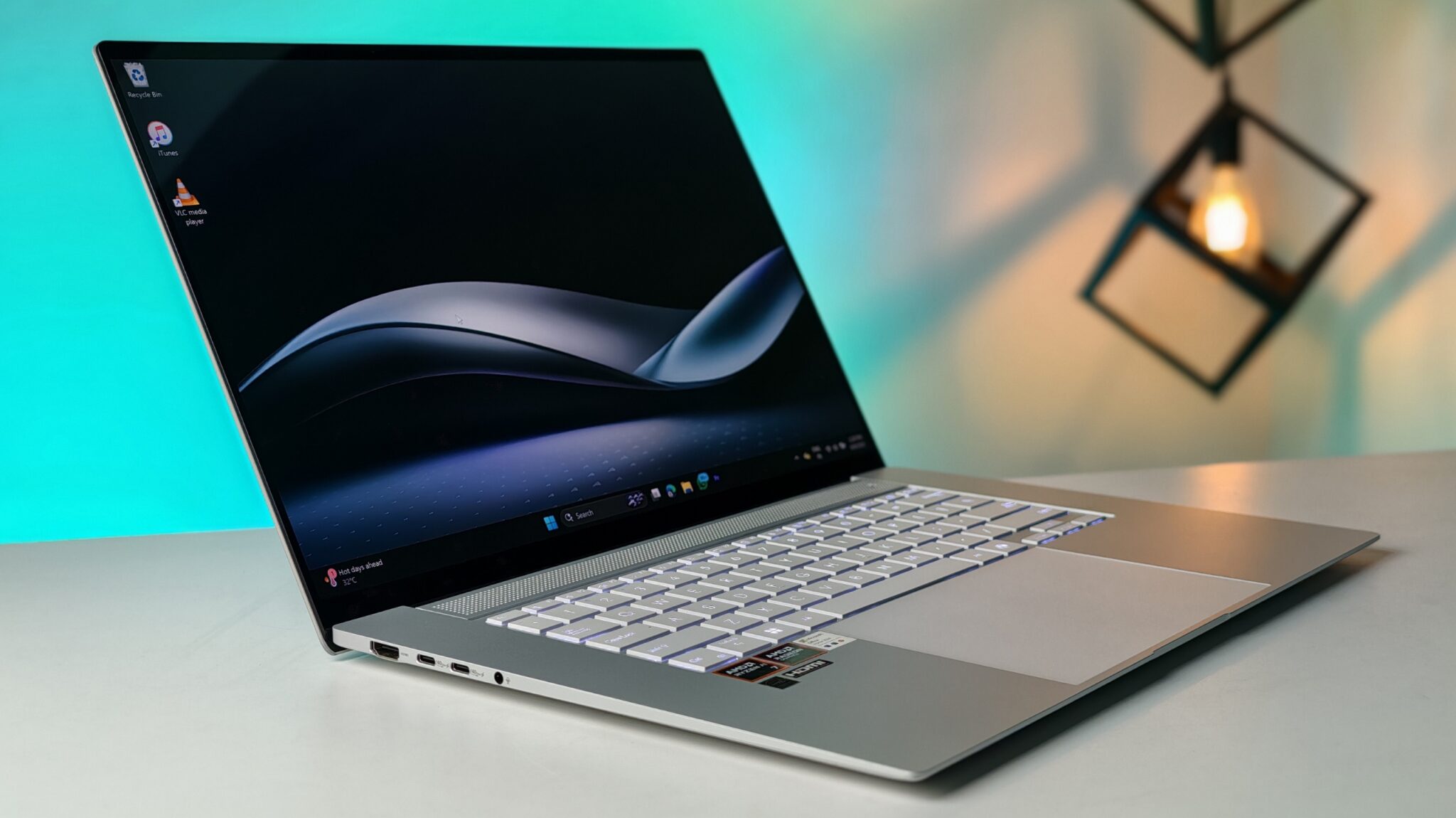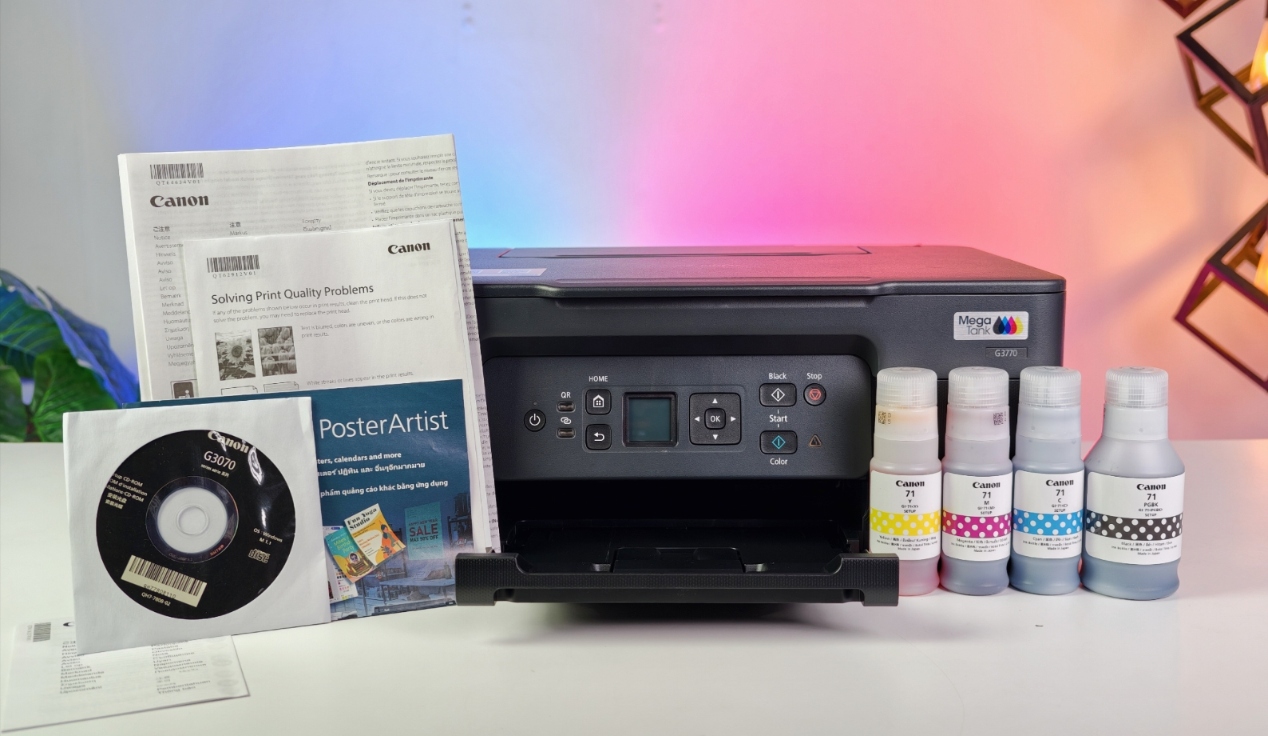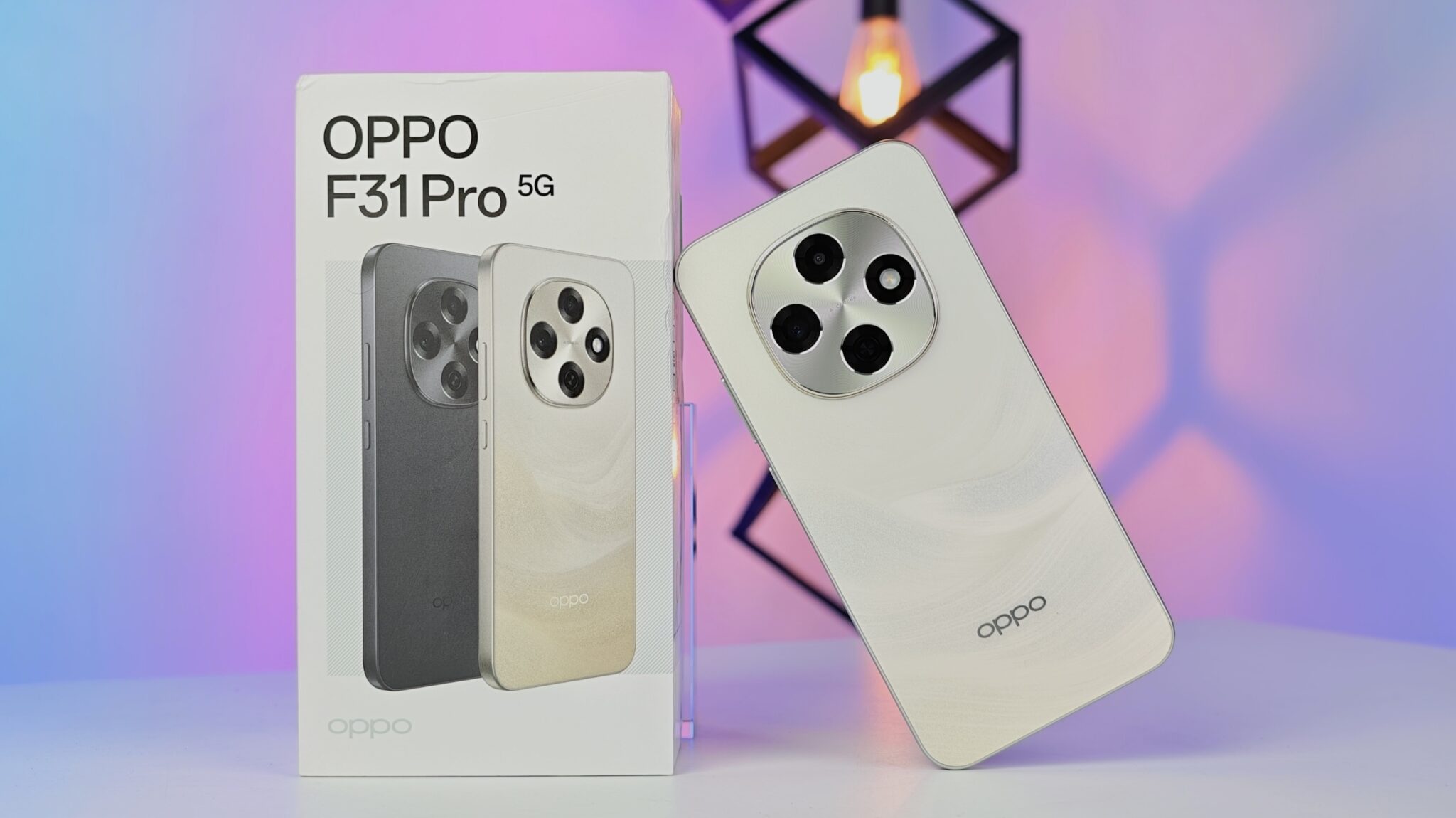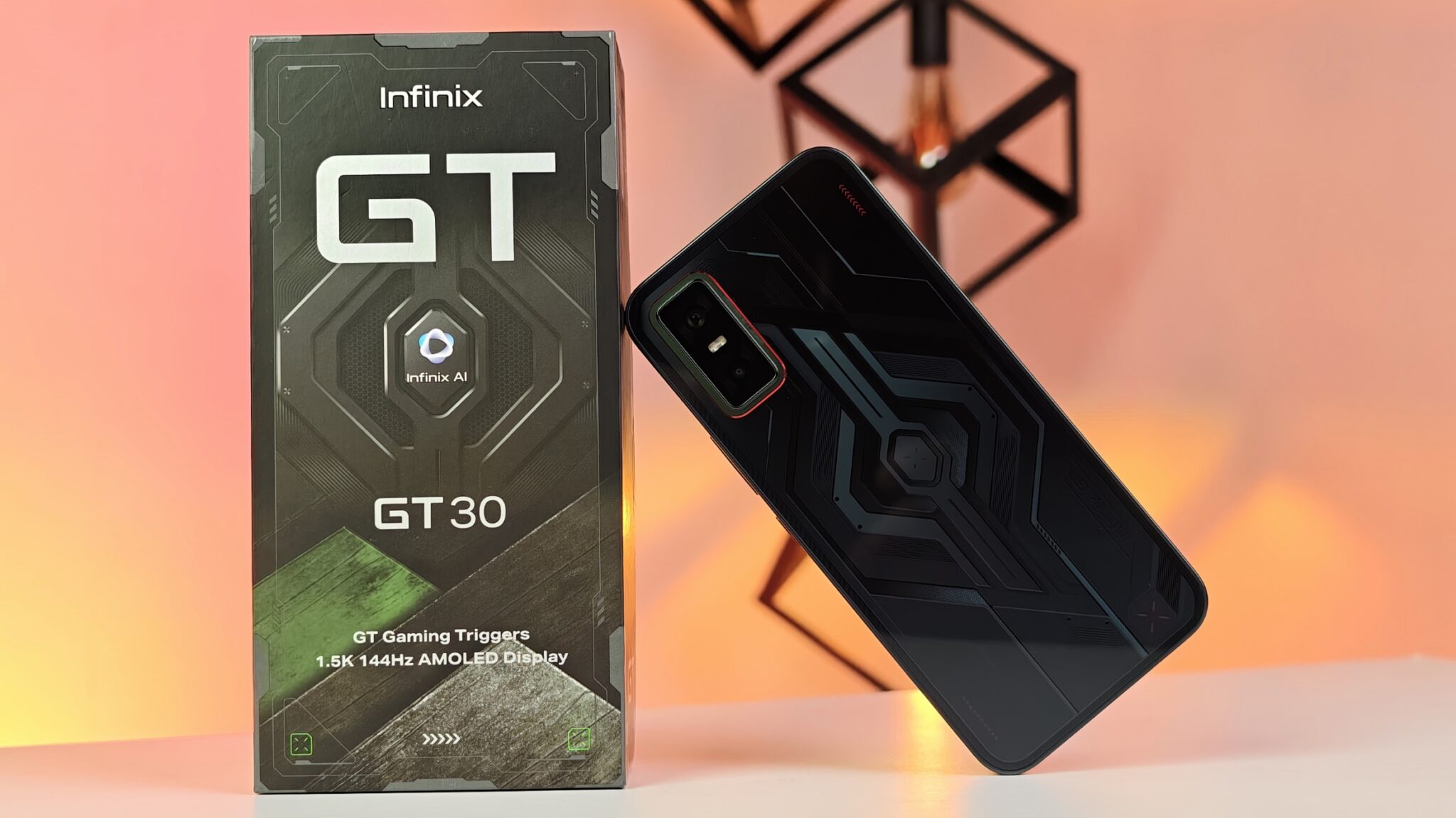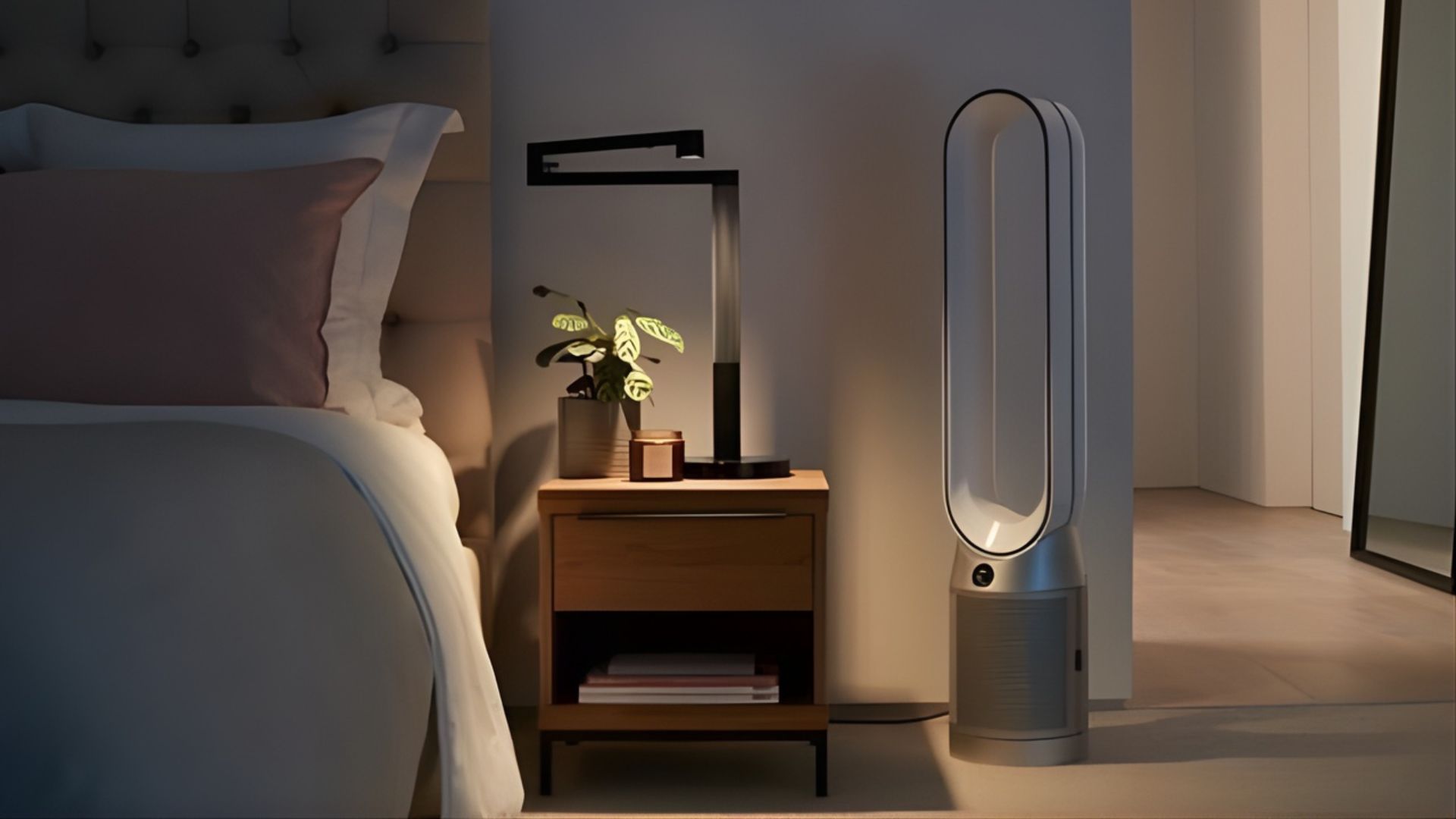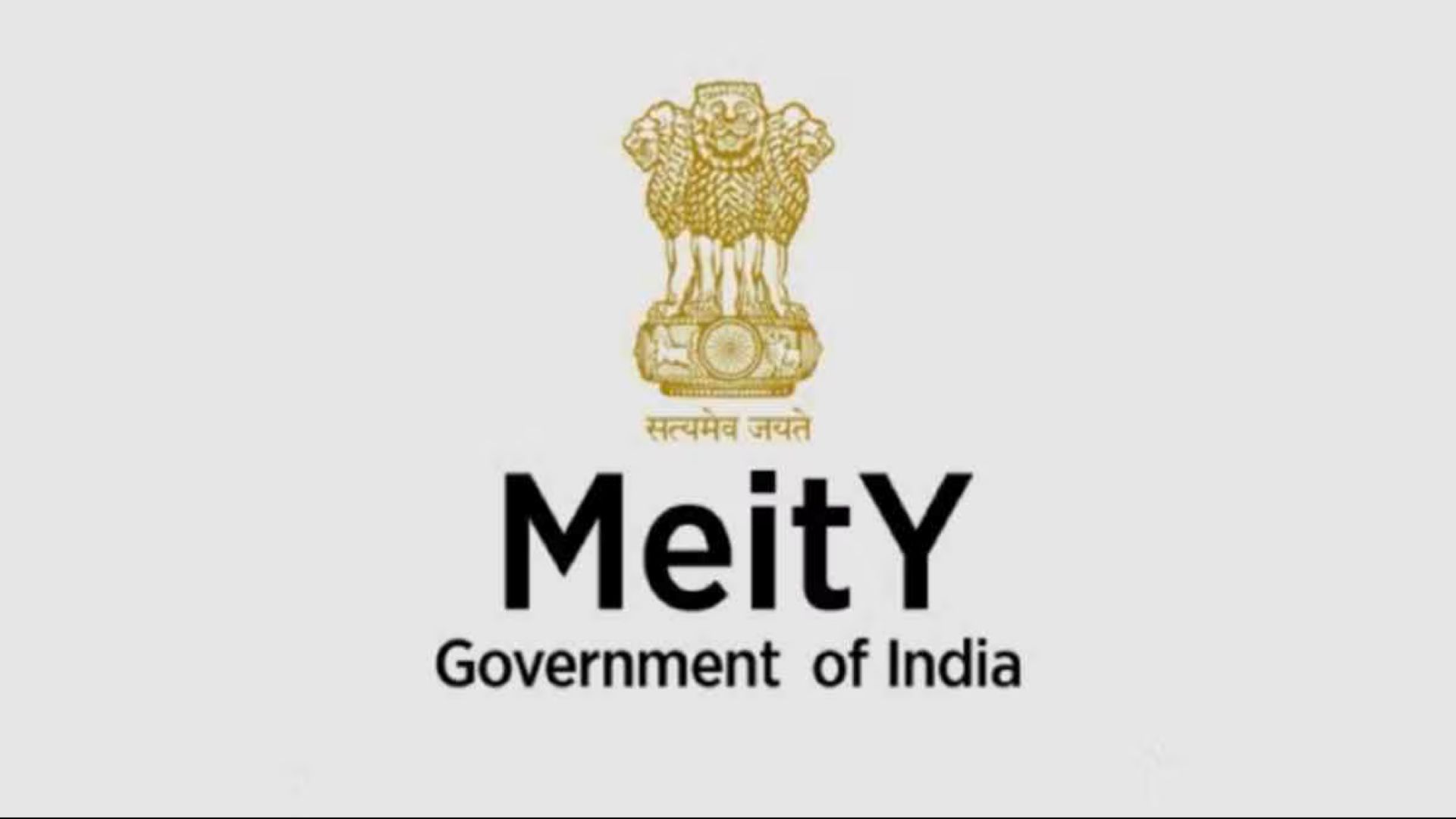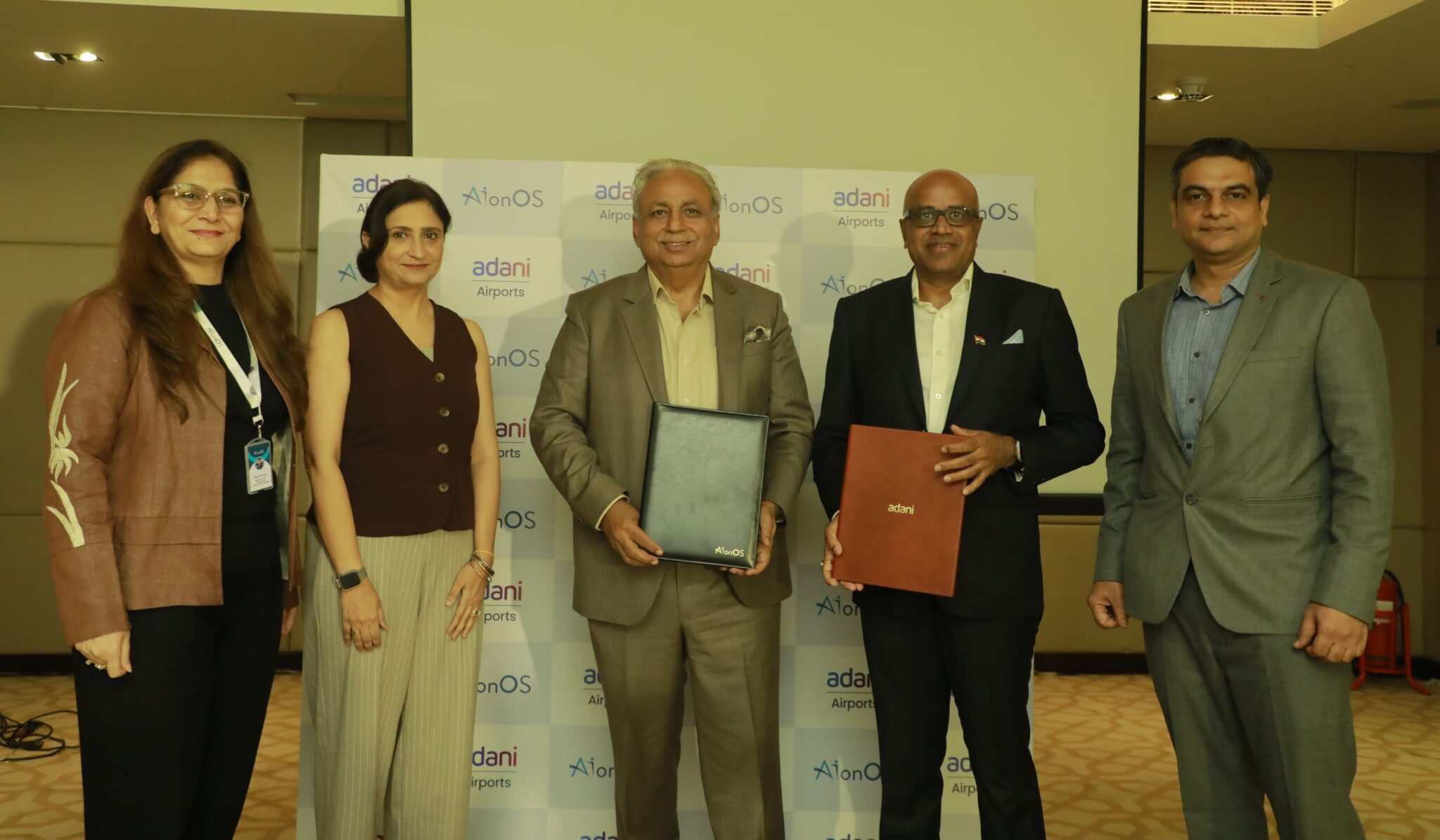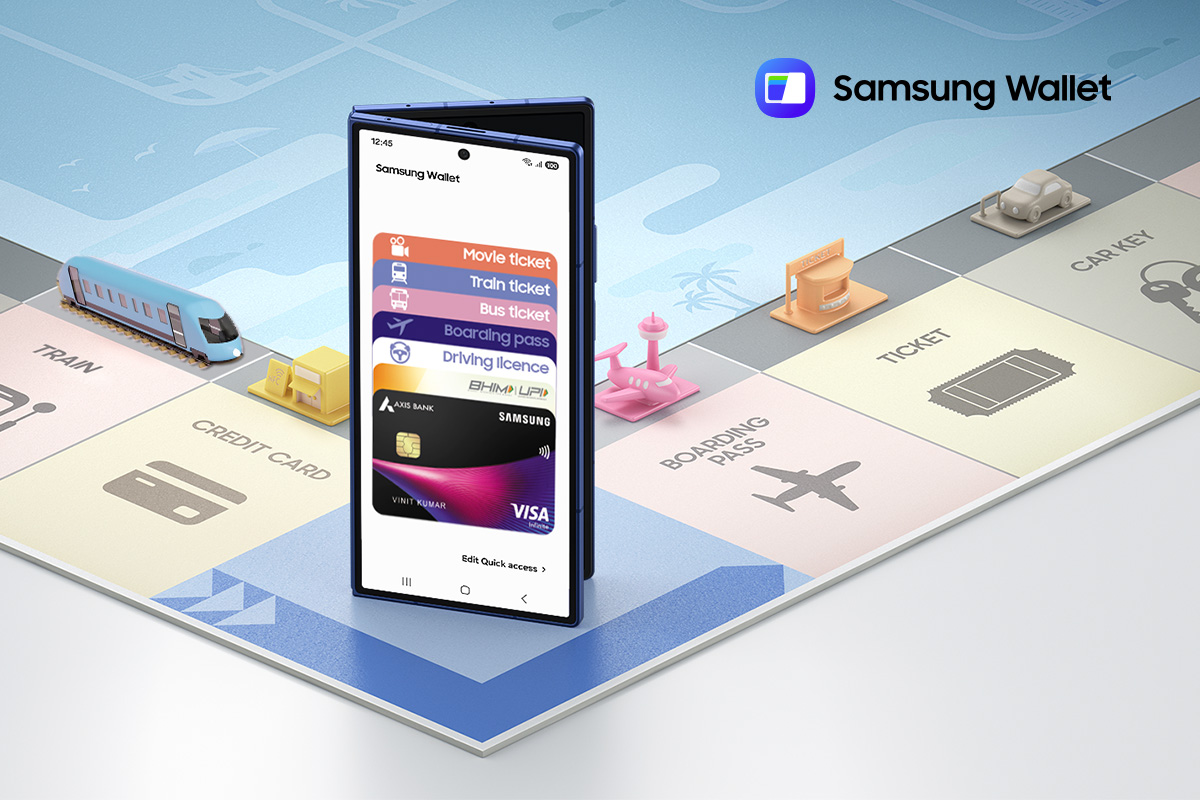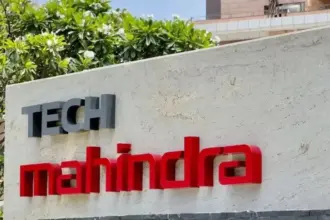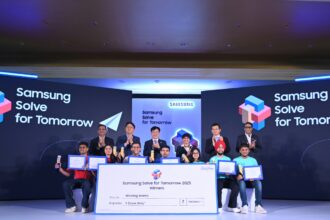Google recently launched Android 16 QPR1 Beta 1.1, a minor yet important update designed to fix several bugs found in the initial Android 16 QPR1 beta. This new build, identified as BP31.250502.008.A1, brings fixes for critical UI issues, unresponsive navigation buttons, and app crashes. However, in a surprising twist, the update was rolled out to a wide range of Pixel devices—including the Pixel 6, Pixel 9 series, Pixel Fold, and Pixel Tablet—but mysteriously skipped over the Google Pixel 9 Pro XL.
This omission has left many Pixel 9 Pro XL users frustrated and confused, as they’ve been unable to download the update. Users on Reddit and other forums have reported the absence of the Beta 1.1 over-the-air (OTA) update for the device. Even the factory and OTA images for the new build are nowhere to be found on Google’s official developer website for the Pixel 9 Pro XL. What’s puzzling is that Google’s official list of eligible devices for Android 16 QPR1 Beta 1.1 doesn’t even include the Pixel 9 Pro XL. This suggests that the omission is no accident, but rather a deliberate decision, likely due to unforeseen issues specific to the Pixel 9 Pro XL’s build.
What’s in Android 16 QPR1 Beta 1.1?
Despite being a relatively small update—ranging between 6.5MB to 8MB—Android 16 QPR1 Beta 1.1 addresses several important bug fixes. The primary goal of this release is to tackle issues with the new Material 3 Expressive design that debuted in the first Android 16 QPR1 beta in May.
Here are some of the key fixes:
- Unresponsive Navigation Buttons: Resolves an issue where the navigation buttons would become unresponsive in the app drawer or recents app screen.
- Media Player Progress Bar: Fixes a bug where the progress bar on the lock screen’s media player didn’t accurately reflect the current playback position.
- Wallpaper Effects Crash: Solves a crash that would occur when users attempted to open the effects panel in the wallpaper settings.
- Settings App Crashes: Fixes instances where the Settings app would crash, particularly when trying to access the battery menu.
- Lock Screen Date Cut-off: Addresses a glitch where the lock screen date would appear cut off when a wide clock style was used.
- Search Button Color Anomaly: Resolves an issue where the search button would display an inconsistent color during scrolling.
- Missing Device Admin Button: Fixes a missing “approve” button in Device Admin settings.
- Dark Album Labels in Photo Picker: Corrects dark album labels that were hard to read when dark mode was active in the photo picker.
- Missing Home Screen Date: Fixes the occasional disappearance of the date on the home screen.
- Fingerprint Authentication Failure: Resolves fingerprint authentication issues on multi-user devices, particularly under low-power conditions.
These fixes are important for providing a smoother user experience, particularly after the significant visual overhaul brought by Material 3 Expressive in the initial QPR1 beta. The swift release of Beta 1.1 shows Google’s efforts to refine this new interface and address bugs quickly.
Why the Pixel 9 Pro XL Blackout?
The decision to exclude the Pixel 9 Pro XL from this rollout is a real head-scratcher, especially considering that other devices in the Pixel 9 series, like the Pixel 9 and Pixel 9 Pro, received the update without issue. While Google hasn’t given an official reason, the most likely explanation is that a device-specific issue arose.
It seems probable that Google engineers identified a critical problem with the BP31.250502.008.A1 build on the Pixel 9 Pro XL right before or during the rollout. This could involve a hardware-software compatibility issue, a unique driver bug, or a stability concern that would degrade the user experience on that particular model. For such a minor, bug-fixing update, the halt for a flagship device points to something more serious than just a small glitch.
Delaying updates, even smaller ones, is common when a company identifies a potential risk that could affect many users. Rolling out a flawed update could cause widespread instability, device malfunctions, or even data loss—which could lead to major user dissatisfaction and additional support issues. Google likely opted to delay the rollout for the Pixel 9 Pro XL to avoid these risks.
The Broader Android 16 Beta Landscape
The Android 16 QPR1 beta program is a crucial part of testing new features and fine-tuning the operating system ahead of the stable Android 16 release. These Quarterly Platform Releases (QPRs) typically include new features, design elements, and system optimizations that help improve the user experience.
The highly anticipated stable Android 16 update’s release date is still uncertain, despite leaks suggesting a June 3 rollout—this date has now passed. The ongoing beta allows Google to gather valuable feedback to refine the OS before its general release. For Pixel 9 Pro XL owners, missing out on even a minor beta update means they’re a step behind in experiencing these refinements and might face a longer wait for the stable, fully optimized version of Android 16.
What’s Next for Pixel 9 Pro XL Users?
For Pixel 9 Pro XL owners who are enrolled in the Android Beta Program, the best advice is to avoid obsessively checking for updates. The update won’t be available until Google resolves whatever issue is preventing it from rolling out. In the meantime, users should keep an eye on official Google Android Developers blogs and community forums for any announcements about a revised rollout schedule.
It’s expected that Google will eventually release a fixed Beta 1.1 build for the Pixel 9 Pro XL—or possibly jump straight to Beta 2 with the necessary fixes included. This situation highlights just how challenging it can be to deliver software updates across a wide range of devices, even within the same product family like the Pixel series. As the community waits for an official statement—or hopefully, a new update—Pixel 9 Pro XL users are hopeful for a speedy resolution to get back on track with the rest of the beta program.


